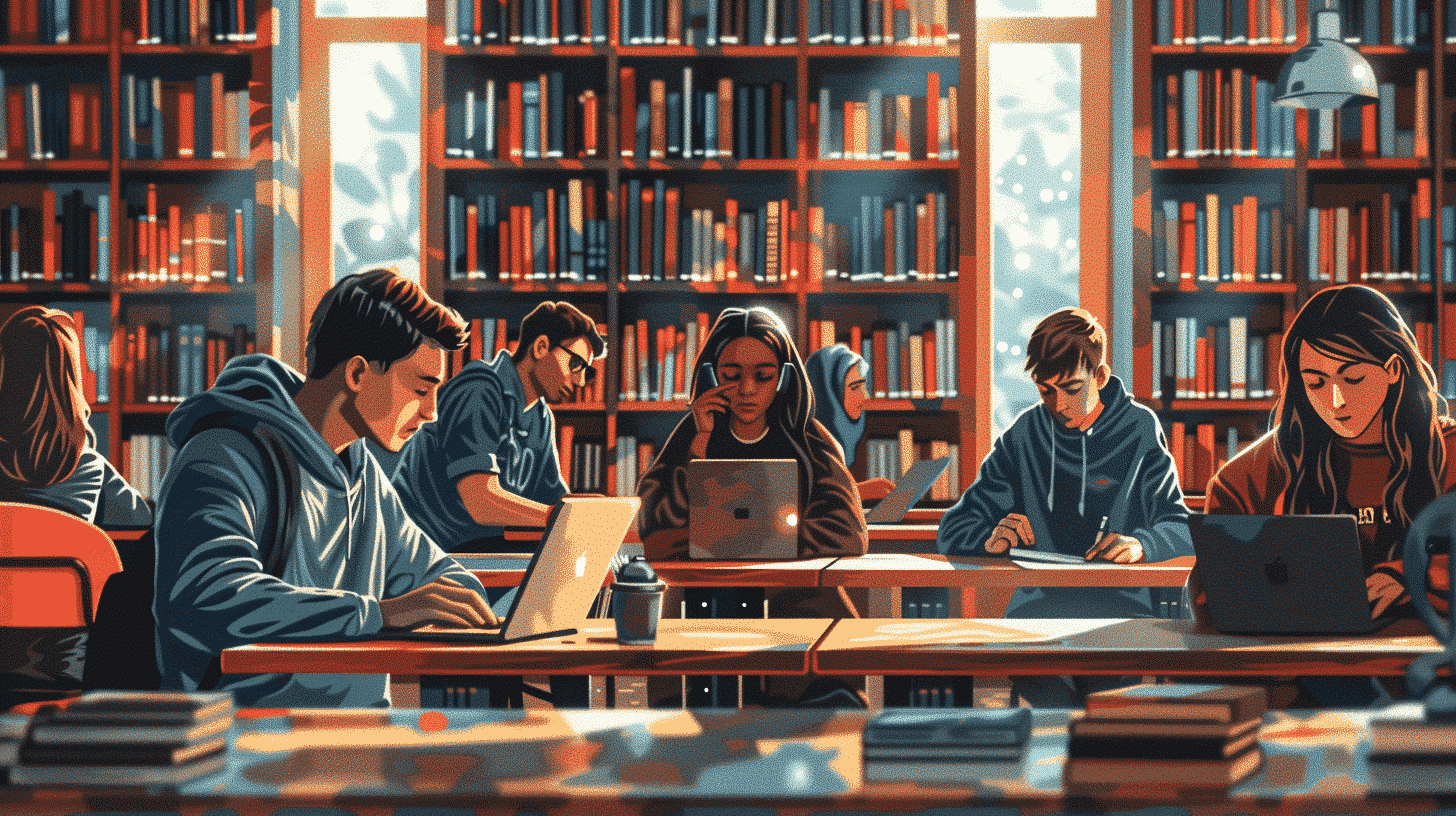### Understanding Basic Art Terms
Umetnost (art) is a broad term that encompasses various creative expressions. In Slovenian, when discussing art in general, you might hear:
– Ta muzej ima različne oblike umetnosti. (This museum has various forms of art.)
Slikarstvo (painting) refers specifically to the act or art of painting. A common phrase related to this might be:
– Slikarstvo je njegova strast. (Painting is his passion.)
Kiparstvo (sculpture) indicates the art of making two- or three-dimensional representative or abstract forms, especially by carving stone or wood or by casting metal or plaster. One might say:
– V parku so razstavljena številna dela kiparstva. (Numerous works of sculpture are displayed in the park.)
### Delving into Styles and Movements
Understanding different styles and movements in art can also enhance your appreciation and ability to discuss Slovenian art. For example:
Impresionizem (Impressionism) is a 19th-century art movement characterized by relatively small, thin, yet visible brush strokes, open composition, emphasis on accurate depiction of light in its changing qualities, ordinary subject matter, inclusion of movement as a crucial element of human perception and experience, and unusual visual angles. When discussing this movement, one could remark:
– Impresionizem je močno vplival na razvoj moderne umetnosti. (Impressionism has greatly influenced the development of modern art.)
Ekspresionizem (Expressionism) is a modernist movement, initially in poetry and painting, originating in Germany at the beginning of the 20th century. Its typical trait is to present the world solely from a subjective perspective, distorting it radically for emotional effect in order to evoke moods or ideas. A typical sentence might be:
– Ekspresionizem išče izraziti čustveno izkušnjo bolj kot fizično realnost. (Expressionism seeks to express an emotional experience rather than physical reality.)
### Artists and Their Masterpieces
It’s also enlightening to know how to talk about artists and their works. In Slovenian, umetnik (artist) and mojstrovina (masterpiece) are commonly used:
– Ta umetnik je ustvaril veliko mojstrovin. (This artist has created many masterpieces.)
When visiting galleries or museums in Slovenia, understanding how to discuss various types of art pieces, their creators, and their historical context enriches the experience immensely.
### Tools and Techniques
In the creative process, various tools and techniques are employed. Slovenian terms such as čopič (brush), platno (canvas), and barve (paints) are fundamental. Discussing these tools can be often heard in contexts such as:
– Umetnik je uporabil samo en čopič za celo sliko. (The artist used only one brush for the entire painting.)
Graviranje (engraving) is another technique that might be discussed:
– Graviranje je tradicionalna tehnika v slovenski umetnosti. (Engraving is a traditional technique in Slovenian art.)
### Exhibition and Critique
When art is displayed, the terms razstava (exhibition) and kritika (critique) become relevant. You might find these phrases useful:
– Razstava bo odprta do konca meseca. (The exhibition will be open until the end of the month.)
– Kritika v časopisu je bila zelo pozitivna. (The critique in the newspaper was very positive.)
### Conclusion
Learning Slovenian terms related to visual arts not only enriches your vocabulary but also deepens your understanding and appreciation of the art itself. Whether you are an art enthusiast, a student of Slovenian language, or a tourist visiting Slovenia, these insights into Slovenian art terminology will enhance your experience and allow you to engage more profoundly with the vibrant Slovenian culture. Through art, language barriers are transcended, and cultural bonds are strengthened.









